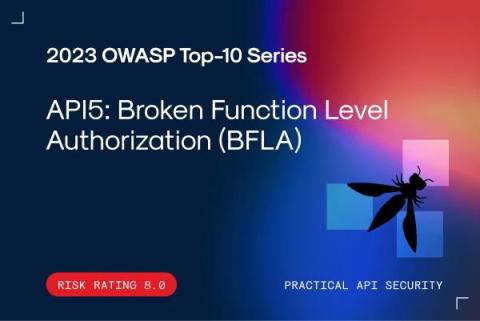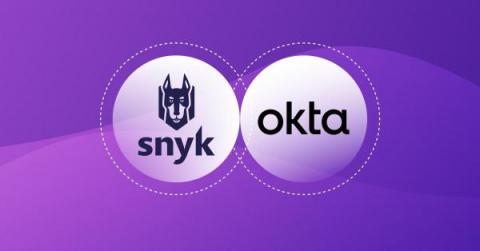2023 OWASP Top-10 Series: API5:2023 Broken Function Level Authorization
Welcome to the 6th post in our weekly series on the new 2023 OWASP API Security Top-10 list, with a particular focus on security practitioners. This post will focus on API5:2023 Broken Function Level Authorization. In this series we are taking an in-depth look at each category – the details, the impact and what you can do about it.











